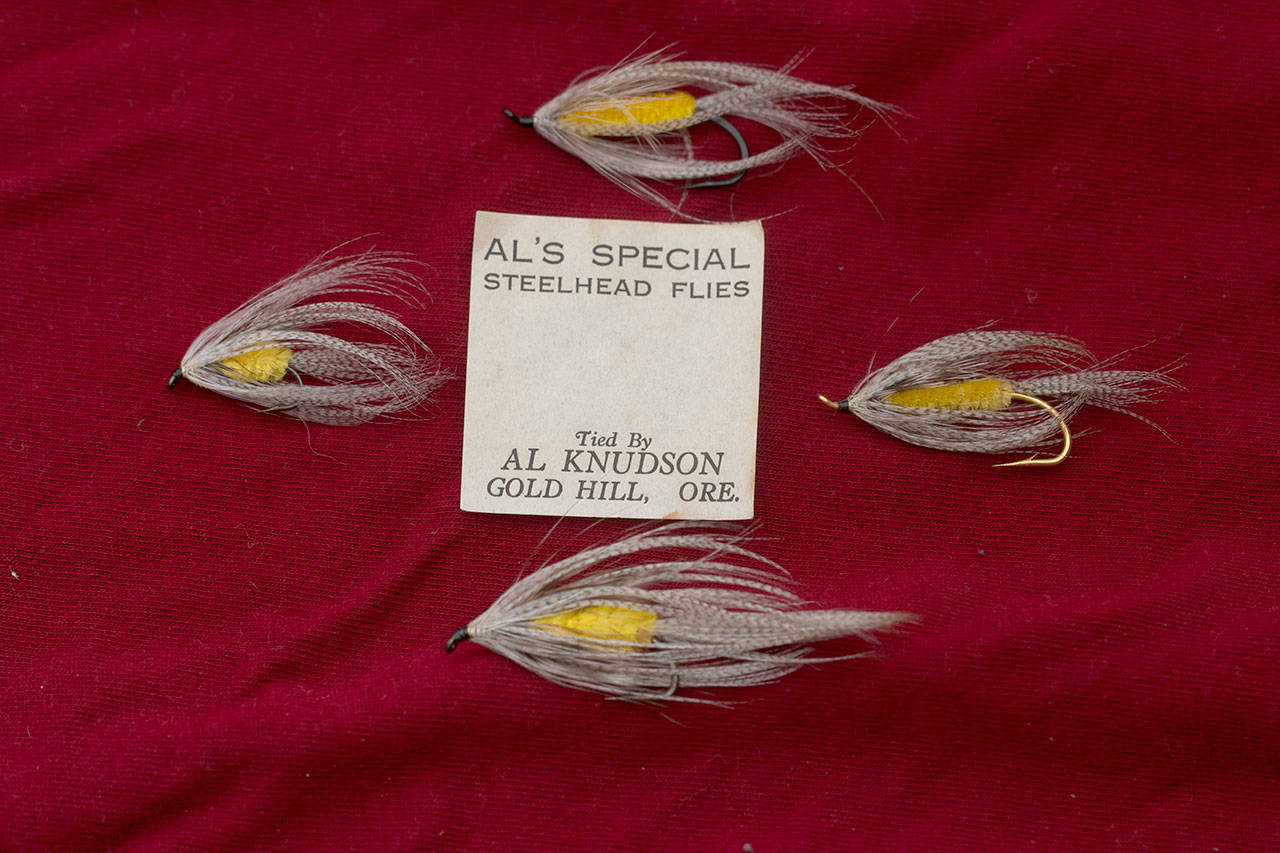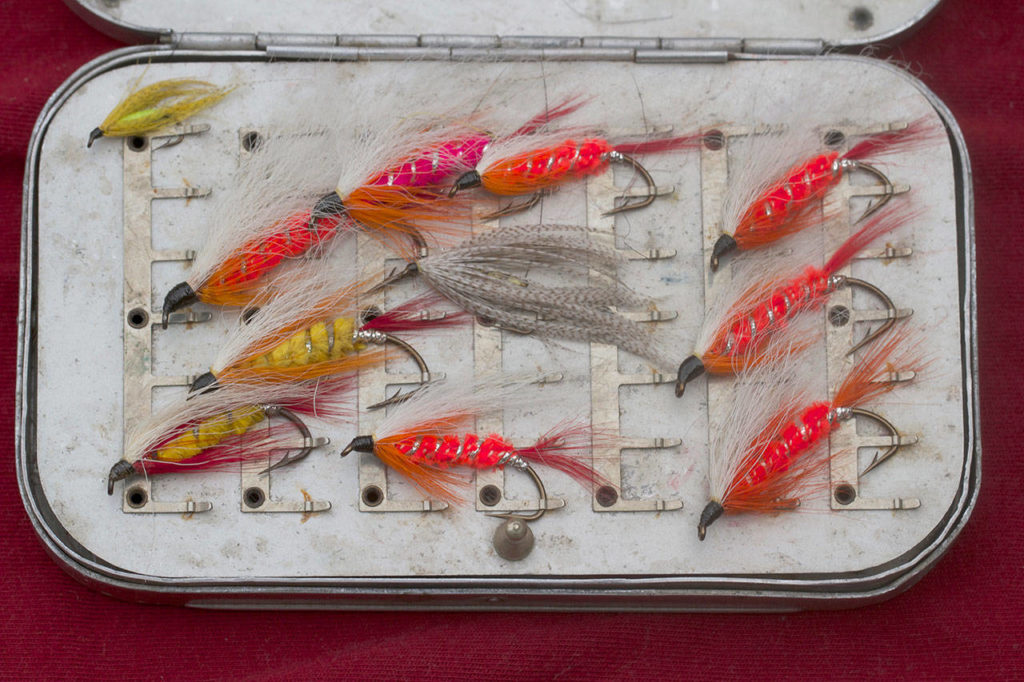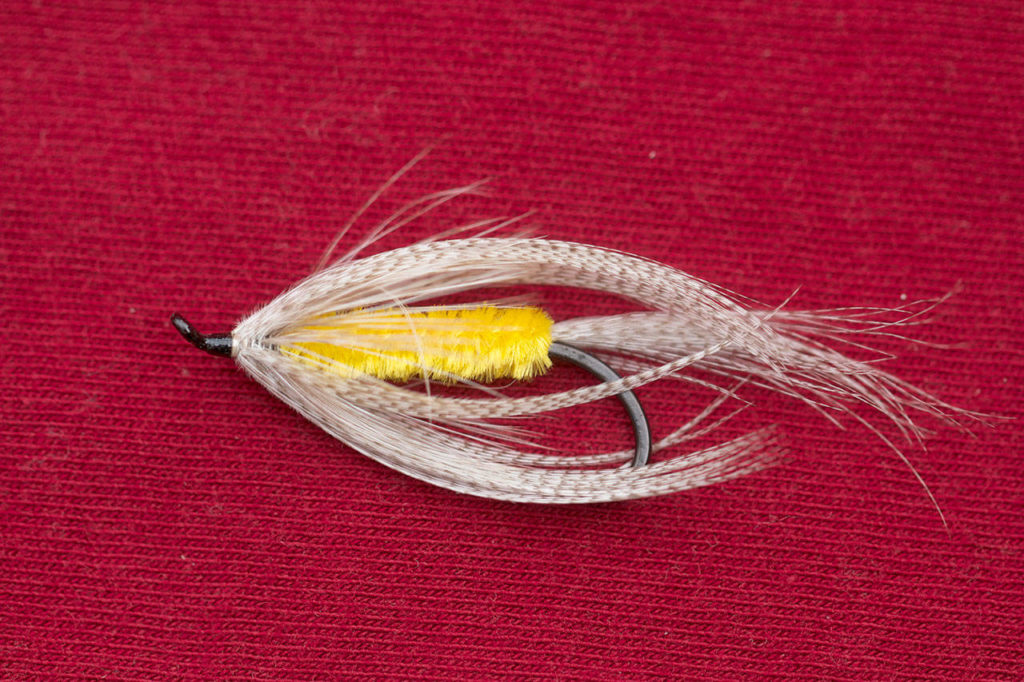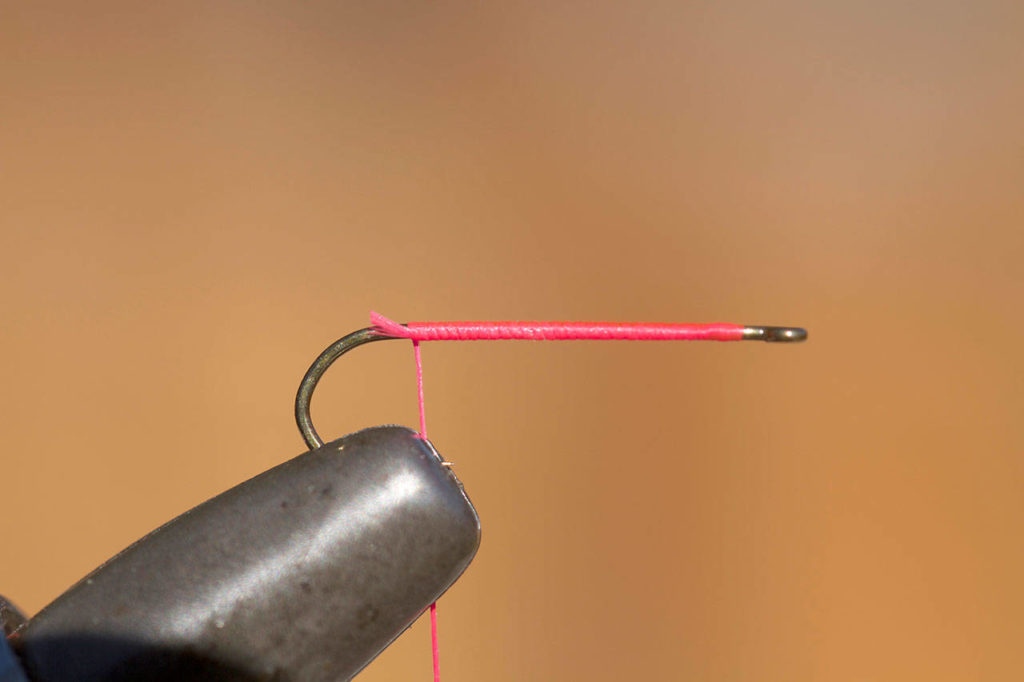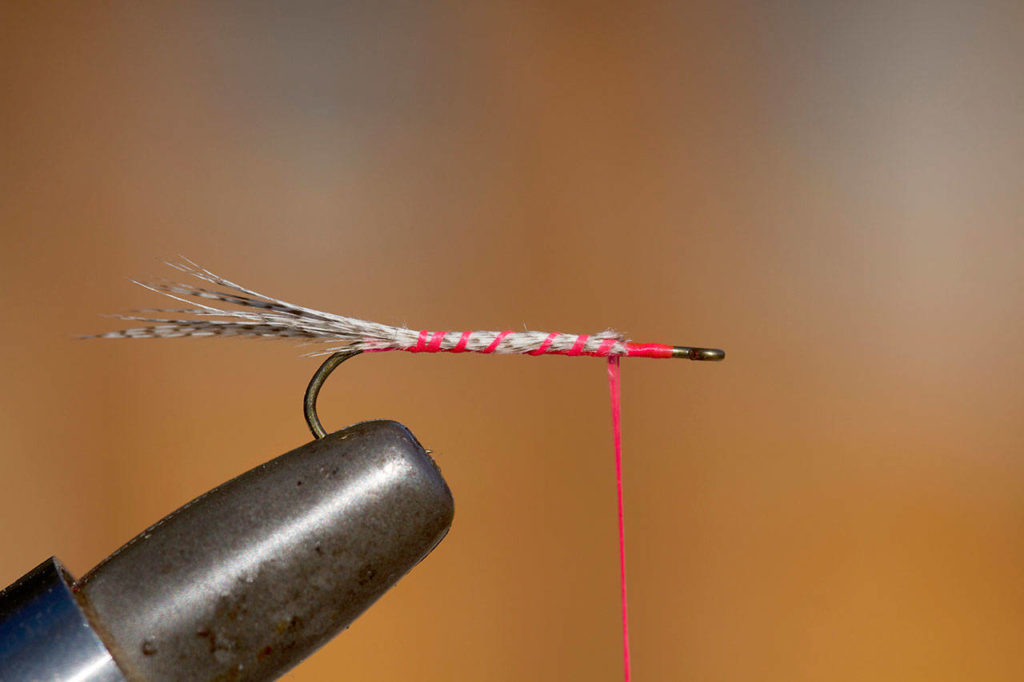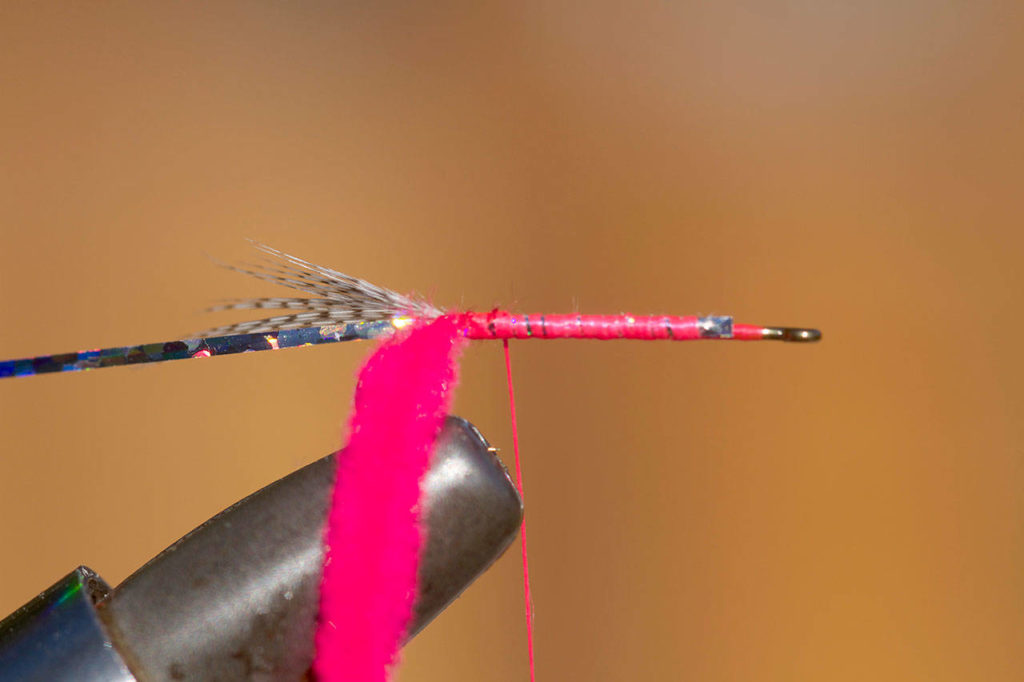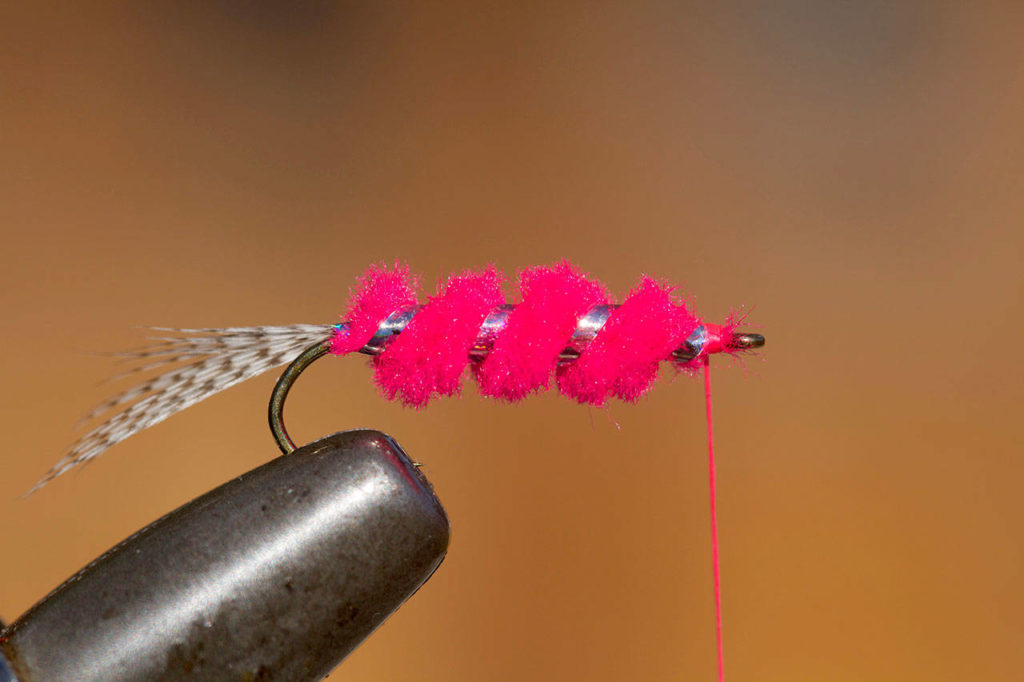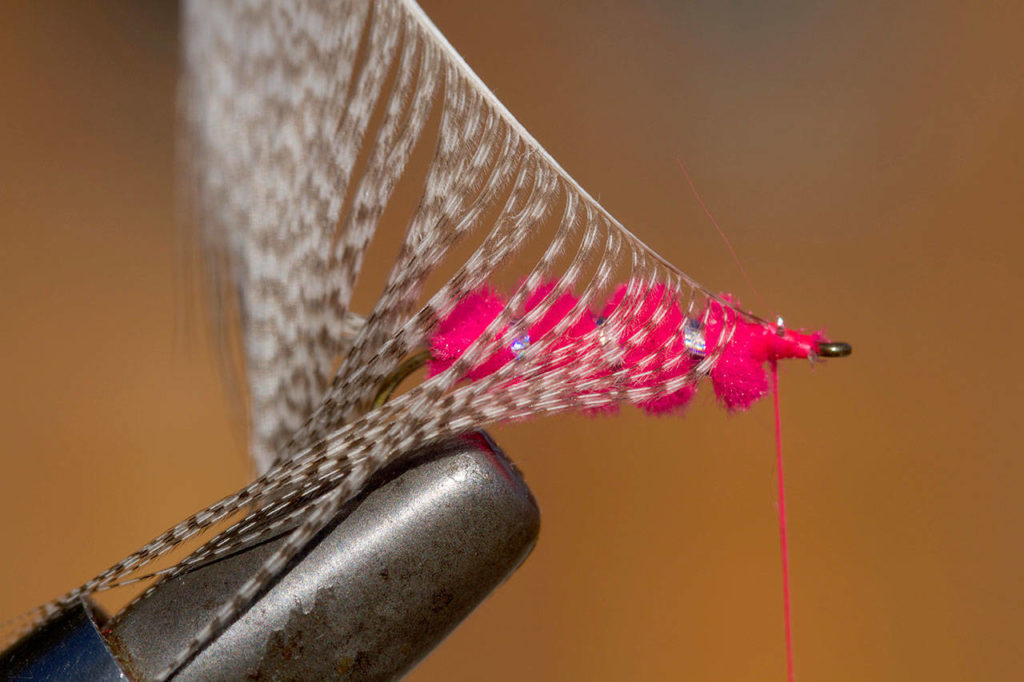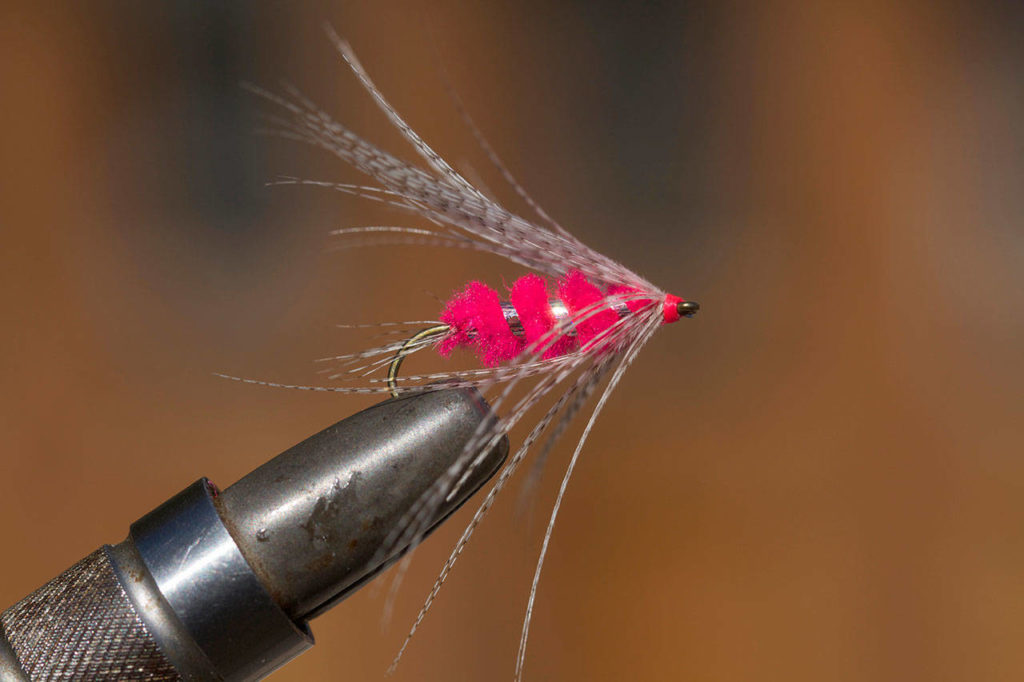By Mike Benbow / Special to The Herald
The late Al Knudson isn’t in the Fly Fishing Hall of Fame, but he is important to fly fishing history in the Northwest.
Knudson, who died in 1980, was a founding member of the Evergreen Fly Fishing Club in Everett in 1955. He later became its first honorary lifetime member. Like a lot of fly fishers, he enjoyed tying his own flies. And he also tied flies commercially to survive during the Depression, and later to make some extra money.
Knudson is best known for a pattern called the Knudson Spider, which he enjoyed using to fish for summer-run steelhead on the Stillaguamish River. The North Fork of the Stilly, believed to be the first river in the world set aside for fly fishing in summer, doesn’t have much of a summer steelhead run anymore.
But the Knudson Spider is still a popular Northwest steelhead pattern for winter and summer. These days, it’s more often used in smaller sizes to fish for sea-run cutthroat trout in fresh and in saltwater. While Knudson isn’t famous, a display plate of his patterns, including the Spider, is in the special Fly Fishing Collection at Western Washington University in Bellingham.
Knudson also was honored in 1977 by the Washington Fly Fishing Club in Seattle, which provided him with it’s Letcher Lambuth Angling Craftsman Award, calling him a “sportsman of the first water.”
In writing about the award, long-time Herald outdoor columnist Wayne Kruse noted that while extolling Knudson’s sportsmanship and his willingness to help novice anglers, many also acknowledged that he was among the first in the Northwest to use fly fishing gear for steelhead throughout the winter, when nearly all anglers used lures or bait.
Fred Moll, a long-time member of the Evergreen fishing club, remembers Knudson as an avid fly fisher who was essentially a fishing bum who always held a job.
“He was a smart man, but he always held jobs like swabbing floors or cleaning up factories that gave him plenty of time to fish,” Moll said.
Moll notes that Knudson had once been married, but that his love of fishing was so strong that it frequently angered his wife.
“She once told him that if he didn’t stop, she would leave him,” Moll said, adding, “So he bid her goodbye and went fishing.”
“True story,” said Jerry Solie, 81, who recalls Knudson as a giving person who was always handing out flies to younger fishing club members.
Knudson, born in South Dakota, spent most of his adult life in the Everett and Marysville area, spending a little time during the Depression of the 1930s living around and fishing the Rogue and other rivers in Oregon. To survive, he tied flies and made other lures for a living.
In an article about those days, Knudson noted that flies sold for 15 cents each or two for a quarter. “Though I did not intend to sell any wholesale to stores, I was finally compelled to in order to survive — at one buck a dozen. It was tough going, but I did end up with more trout and steelhead fishing than a lot of millionaires,“ he wrote. “I even got to fish with one or two.”
He returned to Everett at the start of World War II to work for Boeing Co., later becoming a night janitor at Pacific Grinding Wheel in Everett so he could fish during the day.
In later years, he hung out at a burger restaurant in Marysville, often sitting in his camper on the bed of his pickup truck and tying flies.
That’s where Moll, from Marysville, learned how to tie the Spider.
The pattern has a lot of different colors and a variety of variations, but the most common color is yellow. “That’s the only color he ever tied (for commercial sale),” Moll said. “He didn’t want shops telling him they’d run out of a particular color.”
Orange, red, chartreuse and burgundy are also popular colors.
Knudson Spider
Hook: Tiemco 200R
Thread: 6/0 or 8/0
Tail: Mallard flank fibers
Body: Medium chenille
Rib: Med. holographic tinsel
Hackle: Mallard flank
Talk to us
> Give us your news tips.
> Send us a letter to the editor.
> More Herald contact information.
